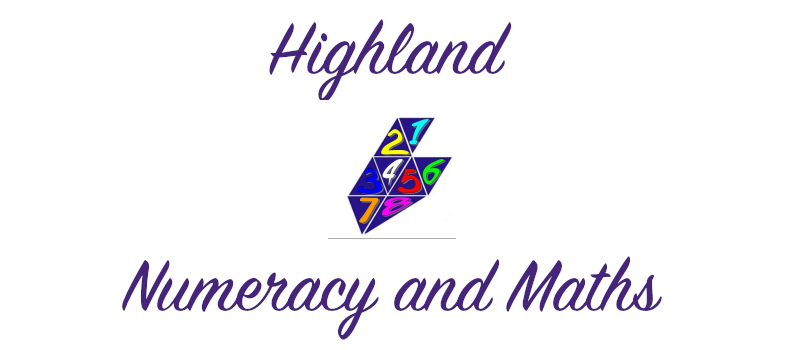1.6.1 Timing and Frequency: When should I undertake the assessments?
When should I undertake the assessments?
This may vary from school to school but two possible options have been given below to provide guidance.
Option 1:
- Assess pupils at the start of the academic year for example within the first two weeks of pupils starting back.
- This may help to identify gaps early and therefore provide more opportunity to work on them.
- This will help to support planning in the area assessed (e.g. addition and subtraction) and eliminate some of the guess work in terms of spending several weeks trying to figure out pupils' strengths and weaknesses during day to day class work - although this is obviously high valuable and should continue throughout the year.
- Pupils could then be reassessed in February or March (approximately six months later) providing an updated snapshot of their progress including areas they have progressed in and areas that they haven't. This may provide a good insight into what worked well and what hasn't and gives enough time to make changes that can potentially positively impact on pupils.
Option 2:
- Assess pupils prior to teaching the area that the assessment you are using addresses e.g. addition and subtraction.
- This will give you a current snapshot of where your pupils are in terms of their current knowledge and understanding and as described above can be used to support more precise planning.
- Avoid reassessing pupils directly after instruction as you may be assessing what they can do in the short-term but this may not be an accurate reflection of long-term changes in learning (see learning and performance below).
- In terms of reassessing, this could be done when this area is revisited later in the year. Again, you will get a current snapshot of what the pupils can do and it will give you a good indication of what they have retained (or not) from before. If there are areas that you previously taught and pupils appeared to grasp it at the time but have not retained it, it may be worth looking at the structure of teaching and planning so that retention can be improved.
Performance vs. Learning
The quote below is taken from an article entitled: Learning Versus Performance: An Integrative Review, and highlights the difference between learning and performance. It is important to keep this in mind when assessing pupils during day to day classroom practice as well as on more formal assessments and trying to establish whether the results you are seeing are learning or performance.
It also has implications for when we reassess. If we reassess an area immediately after we've taught it we are likely to be seeing performance gains rather than long-term learning gains. By leaving a longer space between teaching and assessing, we may get a more accurate view of pupils' learning.
The primary goal of instruction should be to facilitate long-term learning—that is, to create relatively permanent changes in comprehension, understanding, and skills of the types that will support long-term retention and transfer. During the instruction or training process, however, what we can observe and measure is performance, which is often an unreliable index of whether the relatively long-term changes that constitute learning have taken place.
(Soderstrom & Bjork, 2015)
This short (3 minute) video clip also summarises the important distinction between performance and learning:
